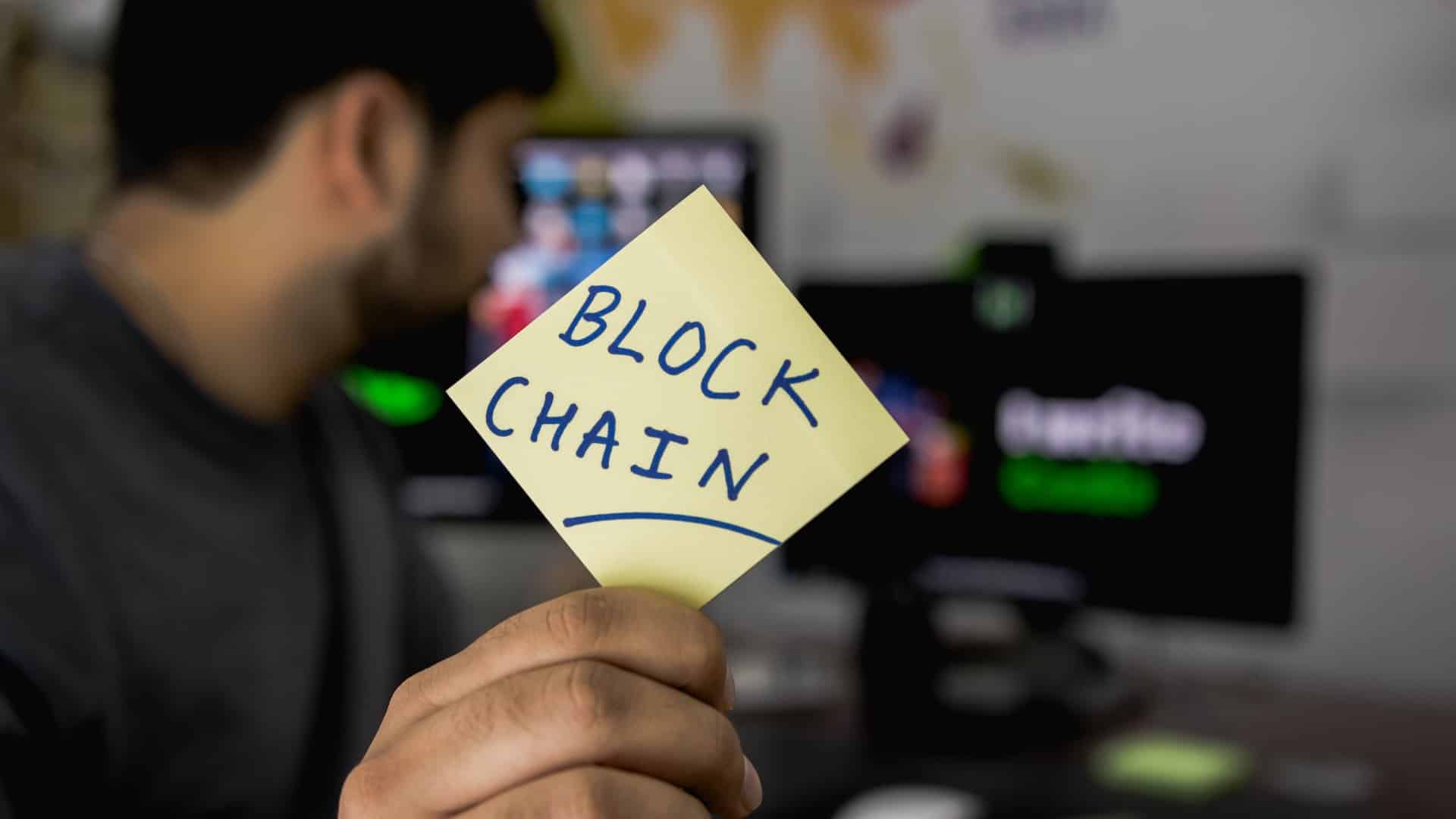Despite the fact that even schoolchildren probably know about blockchain technology today, it is quite difficult to understand the mechanism of its functioning.
And often the leaders of companies that are eager to implement this technology in the work of their business are far from understanding what infrastructure solutions they may need.
However, even without studying the topic of blockchain technology in more detail, any manager understands that independently connecting to the blockchain will cost his company, at least, reducing the efficiency of its core business.
One of the cause is the laboriousness and high cost of the process of connecting and maintaining one of the main components of the infrastructure – the blockchain node.
In this situation, the company has a good way out – to outsource the process of managing the blockchain infrastructure by choosing an acceptable option of blockchain infrastructure providers.
Such a solution will help any company avoid unnecessary infrastructure costs and, without disrupting the operation of its main functions, successfully apply blockchain technology.
IMAGE: UNSPLASH
Blockchain Basics
We have already mentioned that blockchain is not exactly a simple technology. But can we try to describe it in simple words? Let’s try. So, at its core, a blockchain is, first of all, a database of some kind of information.
All information contained in this database is stored in so-called blocks. Each individual block contains a certain amount of information. To ensure the sequence of processing and storage of constantly incoming interconnected information, each new block is attached to the previous one, forming a kind of block chain.
This approach to information management cannot be called absolutely innovative, but still this technology has its own characteristics that distinguish it from other, similar methods.
First of all, it should be said that, if desired, the information in the blocks can always be viewed, if necessary, you can refer to it, but practically under no circumstances can it be changed.
And the second feature of the blockchain is that it is decentralized and does not have any single central management authority .
Within the framework of blockchain technology, any transfer of data from one person to another is called a transaction. Any transaction is processed and confirmed by the miners, passing through the so-called hashing process (data compression and encryption).
The task of mining is to attach a new block to the block chain, which will contain information about the completed transaction.
For this to happen, it is necessary to find a certain code – a hash, in which information will be encrypted corresponding to the data set that was previously loaded.
The search of the code is carried out by using complex mathematical calculations, and these calculations are performed by software devices – computers, laptops, servers, both at home and at the level of industrial capacities. Such software devices are called blockchain nodes.
Blockchain Architecture
As we mentioned above, nodes are the main component of the blockchain infrastructure. Functionally, nodes are divided into several types, each of which is specified to perform certain tasks.
In addition to the nodes, the blockchain infrastructure includes certain tools to keep the nodes functioning and to ensure the safe operation of the entire system. From the foregoing, we can conclude that the blockchain infrastructure must include numerous and often quite powerful hardware and software.
If you schematically imagine the blockchain architecture, then you will see 6 levels of it.
The first is the data layer of the blockchain, which stores all information about transactions.
The second is the network layer, which includes the P2P network and blockchain nodes.
The third is the consensus level, i.e. the consensus mechanism on which the blockchain works. The most used types of consensus today are Proof of Work and Proof of Stake.
The fourth is the level of activation or the level of distribution of rewards among validators and miners.
The fifth is the contract level, which includes tools for executing program code (scripts, algorithms, smart contracts).
The sixth is the application layer, which includes products that we see in the blockchain shell (decentralized applications, advanced features, external software).
Conclusion
So, we can see that serious resources are needed to integrate blockchain technology, either into personal activities or into the activities of a company. This is powerful equipment, and up-to-date software, and a high level of knowledge, and the need to spend a fairly large amount of time.
Under such conditions, it may be that the best option for users is to be able to take advantage of the provision of infrastructure as a service to them by an acceptable outsourcer.
IMAGE: PEXELS
If you are interested in even more technology-related articles and information from us here at Bit Rebels, then we have a lot to choose from.


COMMENTS